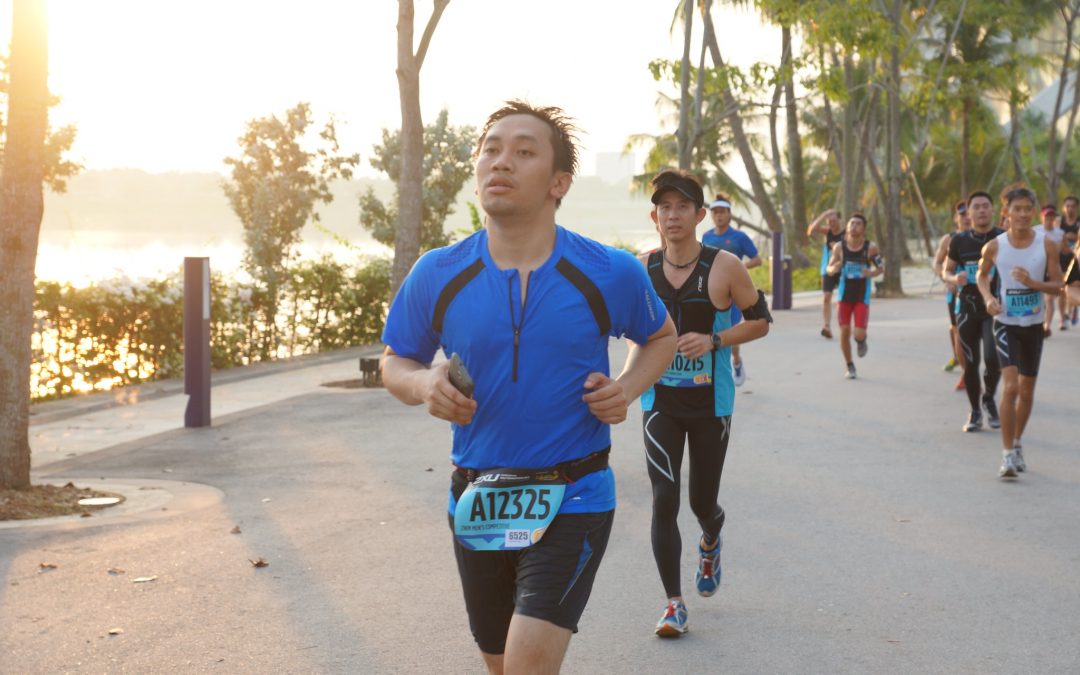What are compression garments?
Compression garments look like your regular workout clothes but they fit a little snugger on you. This is because its fibers are designed to fit around you tightly, and while this may sound uncomfortable, they should be tight enough to provide support and compression, but not restrict any of your movements. Compression garments are said to be effective when they fit you correctly.
Why wear compression garments?
Compression clothing has grown its reputation in the world of sports and training in the past couple of years. They are commonly known to be worn for two main reasons: exercise, in connection to weight loss and improved performance and recovery of tissues and muscle strains.
These garments can aid in better support for your body while working out and stabilize it as well. This is because compression garments prevent a lot of moving around while training as it keeps everything compressed against the body, lessening the risk of strain and repetitive injuries. These are also supposed to help increase blood flow and oxygen which makes exercise effective, but at the same time doesn’t tire you out as much.
They also help to reduce the vibration caused by doing high-intensity workouts that involve jumping or running. They are also used to improve proprioception, which is the awareness of one’s position in space. Improved proprioception can aid in being able to multitask or be able to do simultaneous actions without having to pause to think about how to coordinate them. It is also essential to being able to move fluidly and precisely which is a guarantee that you’re doing your workouts accurately. This also improves the posture.
Stretching, while also very important to any workout regimen, reduces soreness after a workout and helps muscles heal faster. Compression garments are also said to assist in doing the same. The compression garments act almost like a massage, minimizing the delayed onset muscle soreness (DOMS) because of the pressure they apply on the muscles.
Compression garments also offer breathability, the increased airflow keeps the body from overheating while working out. These garments are usually made up of materials like nylon or polyester, which helps you dry faster after sweating. They are not water-resistant or waterproof but they do bring the moisture to the surface and push evaporation. Simultaneously, they also raise the temperature of the skin which works the same way heat therapy does.
Which compression garments should I invest in?
Depending on your “trouble areas” and goals, there are a variety of compression garments meant for specific portions of the body. Leg muscles are more likely to tear and strain during workouts because of repeated load bearing they constantly do. They are also the largest muscle group, so it would be the best investment as they will always be used as long as you workout.
Compression garments for the upper body limit the movement of extra skin or flab that you may want to keep at bay. They help with reducing the such movements in the arms, chest and even abdomen which, in turn, can help you last longer during workouts. Tops come in sleeveless, short-sleeve and long-sleeve options. Apart from this, separate arm compression sleeves can also be bought to be used with other different pieces of garments. The unnecessary movement can just feel uncomfortable at times, so these garments can be your new best friend!
The most popular compression garment are the socks. Runners, athletes and fitness enthusiasts alike wear them. Calf socks are worn during races and marathons, sometimes even during basketball training. Though they aren’t said to aid in your speed during running, they can help in your recovery.
Though more evidence is needed to conclude that compression garments can, in fact, aid in performance during strenuous activity they have always been able to help in recovery phases as they have been used for clinically for the longest time. They were designed for use to improve your overall performance but lack the science and statistics to back that up. Although, many athletes and gym buffs have accepted and flaunted its benefits. A better suggestion is to save the compression wear for recovery periods or days, as these work best during those times. They can also be used when you work a job that has you sit or stand for long periods of time. Bottomline, if they make you feel good and make you feel like your performance is significantly better, wear them! No further research has been done about its psychological effects.


